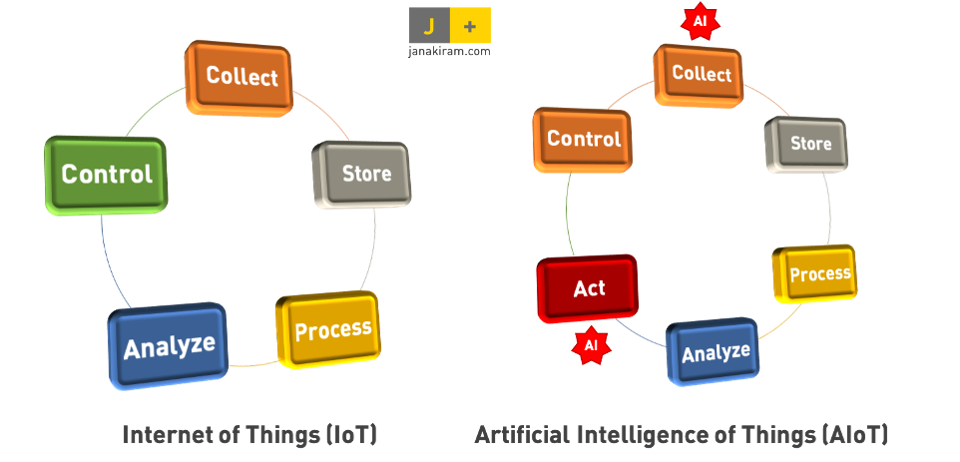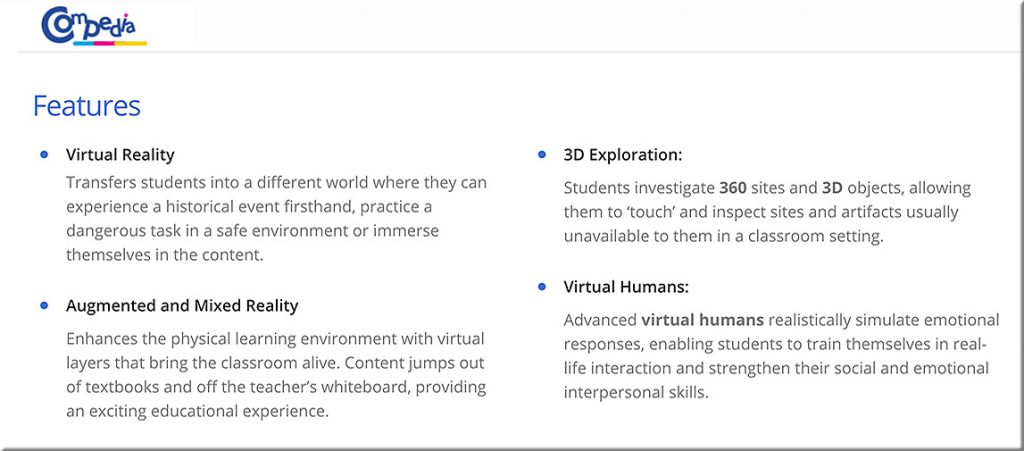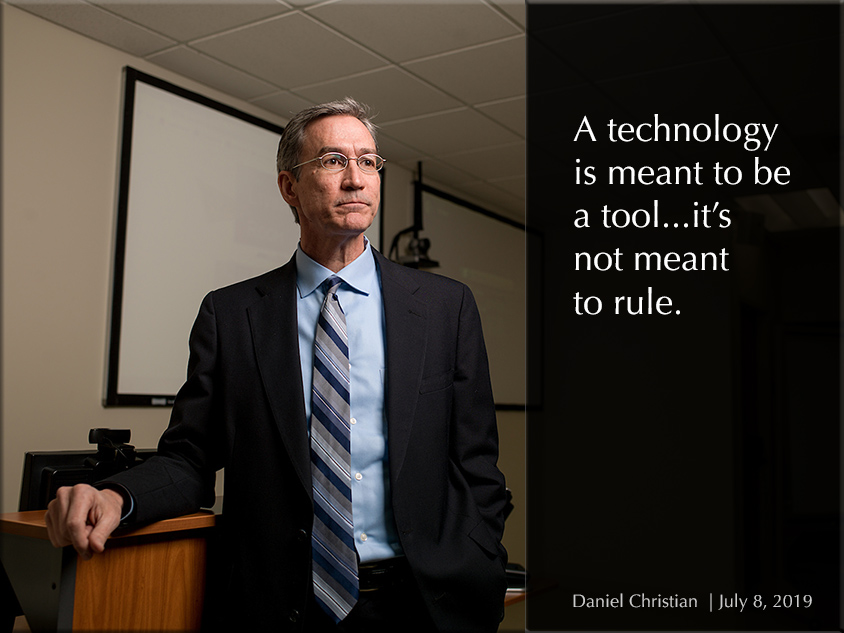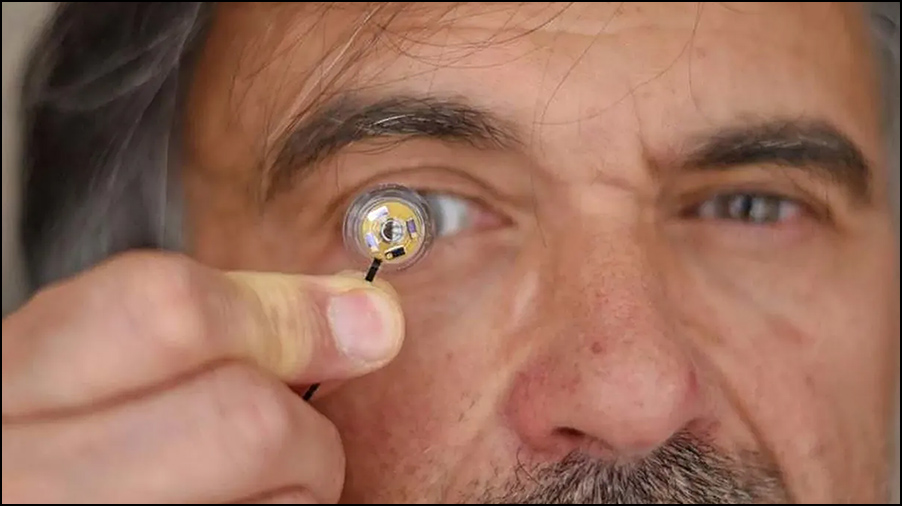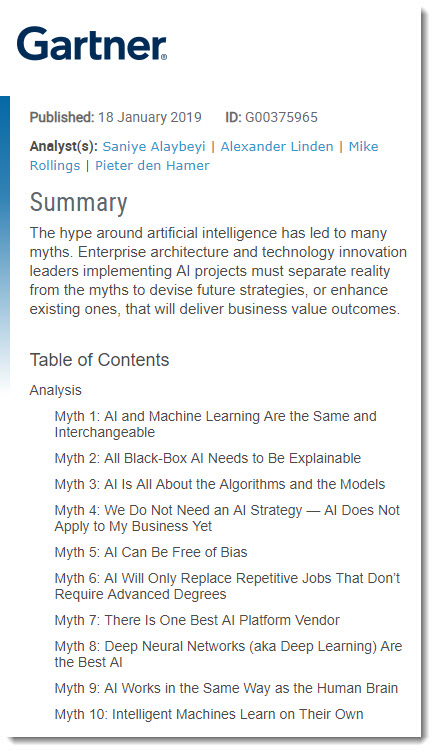Why AIoT Is Emerging As The Future Of Industry 4.0 — from forbes.com by Janakiram MSV]
Excerpts:
“By combining AI with industrial IoT, we add an important ability 2connected systems – Act.”
AI goes beyond the visualizations by acting on the patterns and correlations from the telemetry data. It plugs the critical gap by taking appropriate actions based on the data. Instead of just presenting the facts to humans to enable them to act, AI closes the loop by automatically taking an action. It essentially becomes the brain of the connected systems.
The future of industrial automation lies in the convergence of AI and IoT. Artificial Intelligence of Things will impact almost every industry verticle including automotive, aviation, finance, healthcare, manufacturing and supply chain.
From DSC:
I’ve often wondered which emerging technologies will be combined with each other to produce something powerful. According to the article referenced above, AI + IoT = AIoT is something to put on the radar. I’m not at all crazy about the word “lethal” being used in this article/context though — I certainly hope that’s not the case.
Also relevant/see:
- The list of ethical guidelines for AI is growing rapidly — from eiuperspectives.economist.com
Artificial intelligence (AI) has, of late, been the subject of so many announcements, proclamations, predictions and premonitions that it could occupy its own 24-hour cable news channel. In technology circles, it has become a kind of holy grail, akin to fire, the wheel or the steam engine in terms of world-changing potential. Whether these forecasts come to pass is still an open question. What is less in doubt are the vast ethical ramifications of AI development and use, and the need to address them before AI becomes a part of everyday life.









